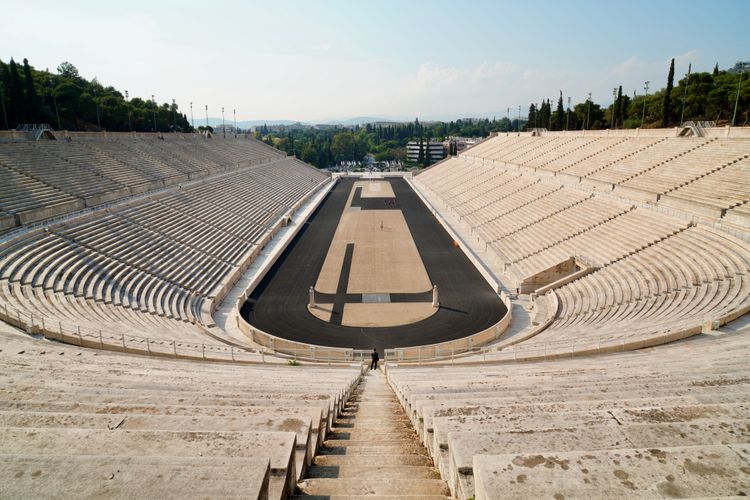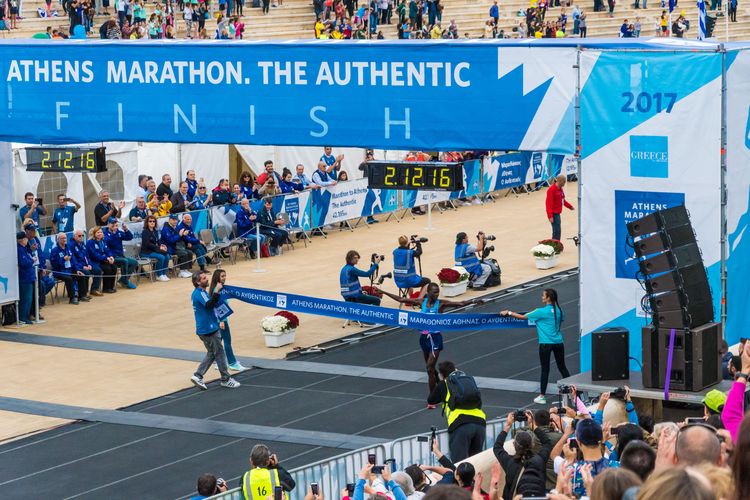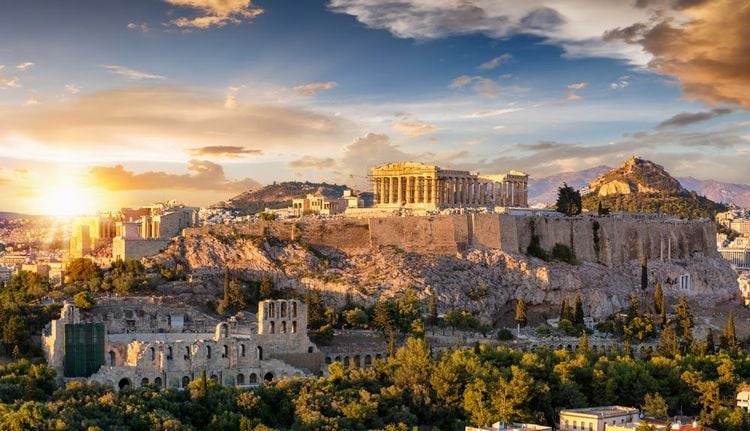Everyone knows the marathon, that legendary 42.195 km race. But do you know its origins and why this distance is so precise? To find out, we need to take a giant leap back in time. The year was 490 BC, the date of the Battle of Marathon during the Medieval Wars (499 BC / 449 BC). The Greeks, though outnumbered, won the battle and prevented the Persians from landing on the beaches of Marathon and marching towards Athens. A messenger named Philippides is said to have run the distance of 42.195 km in one go to announce the victory before dying of exhaustion. The marathon was born. It was in 1896, during the first Olympic Games, that the first modern marathon was run, retracing the steps of the now-famous messenger.
 Athens
Athens












